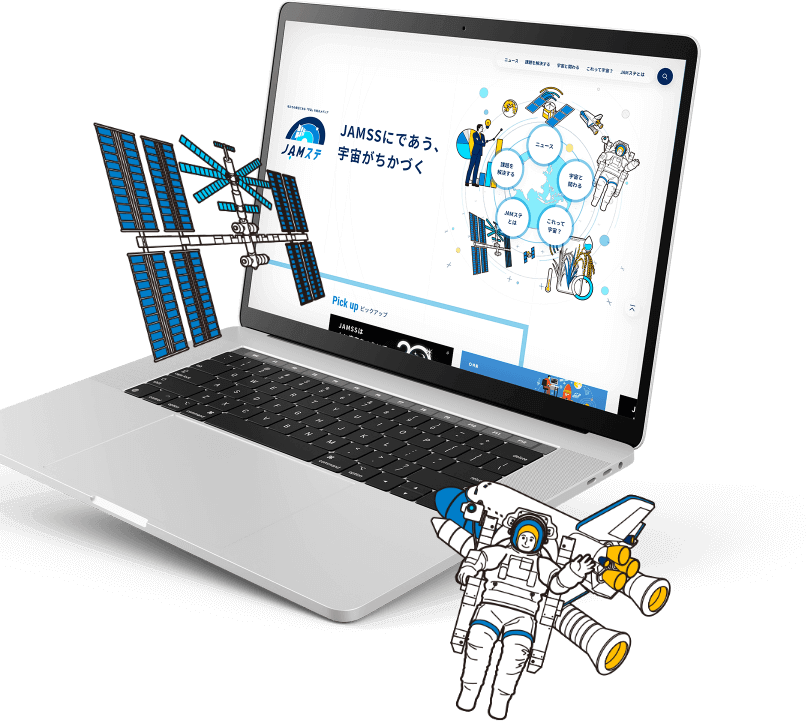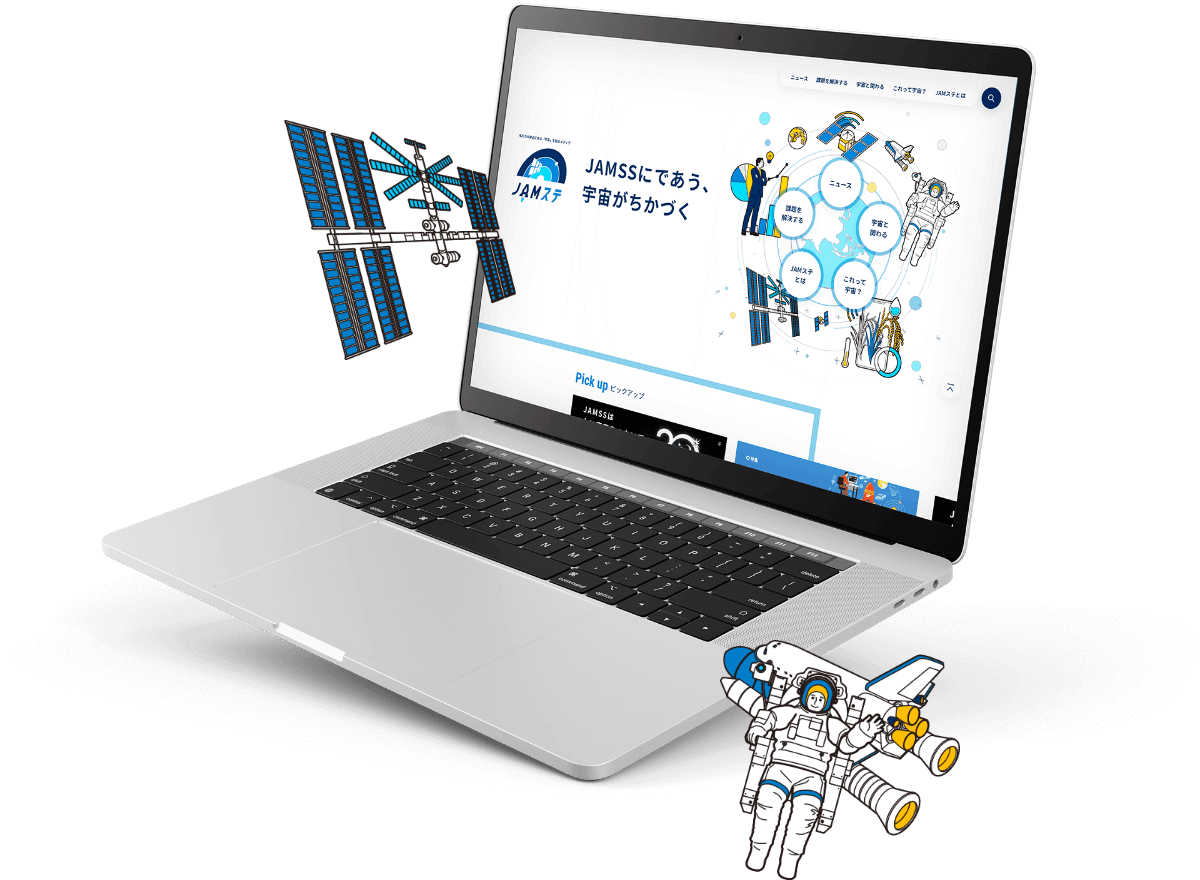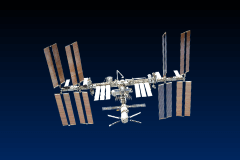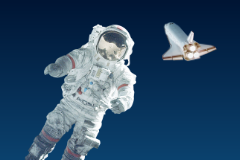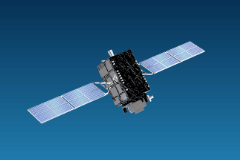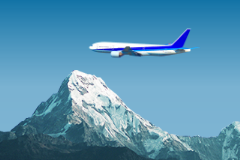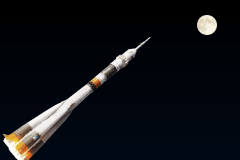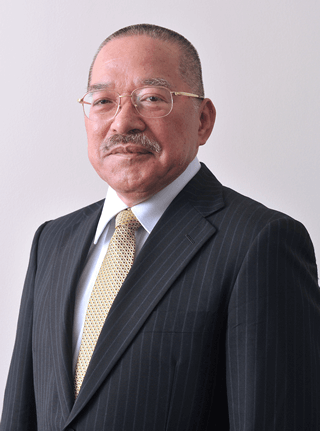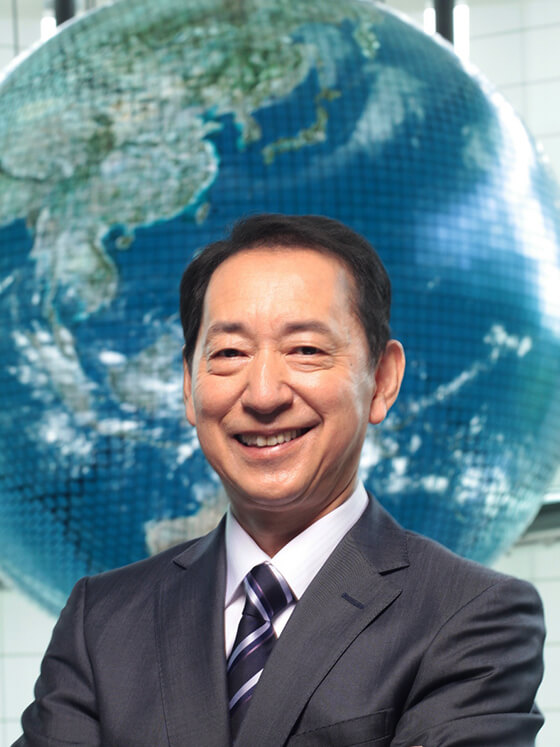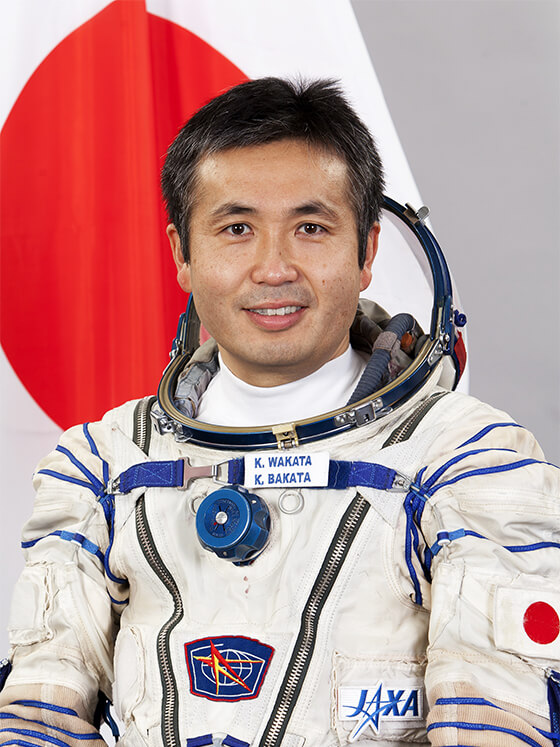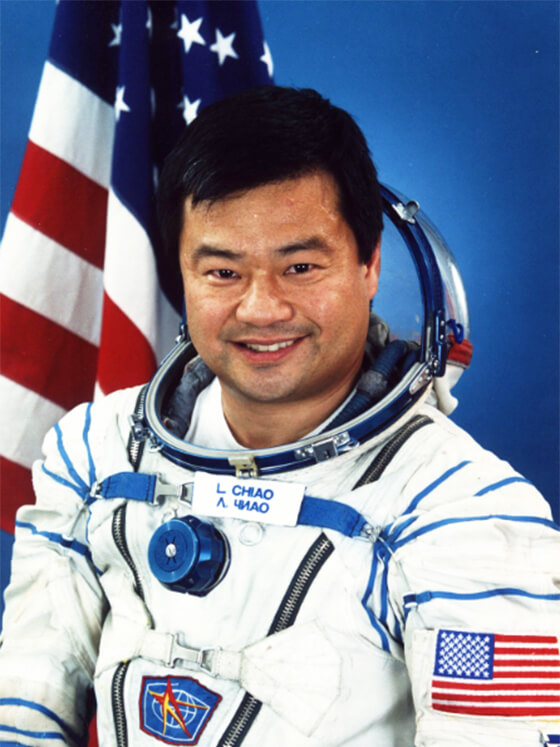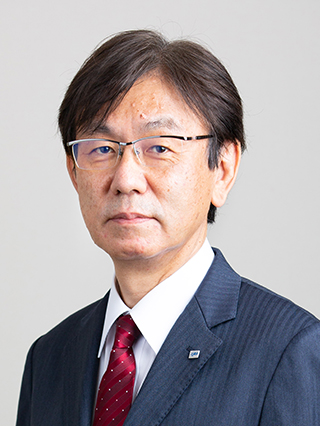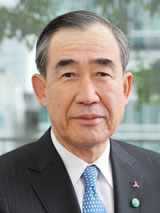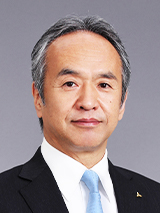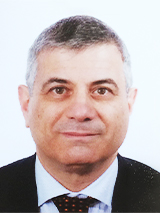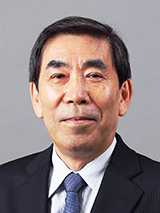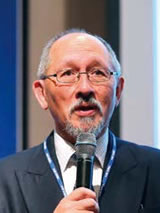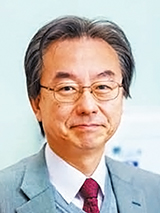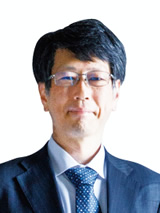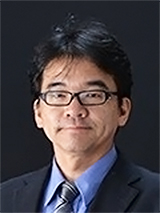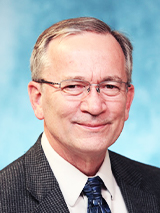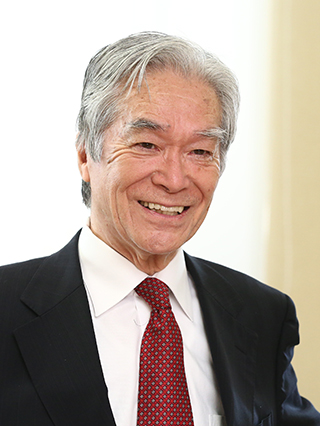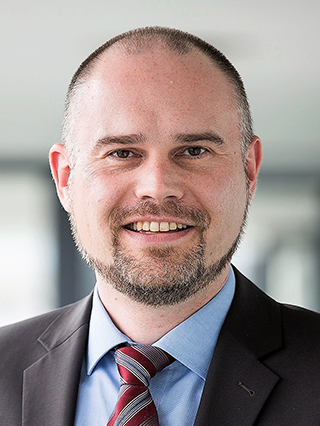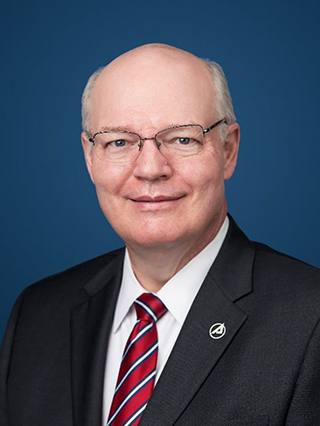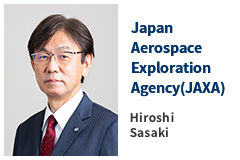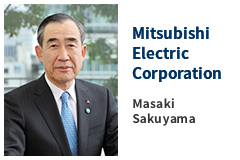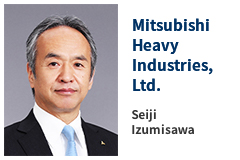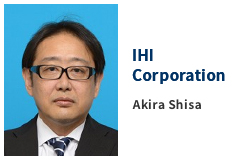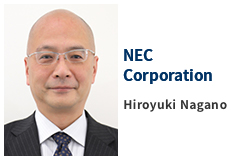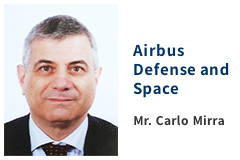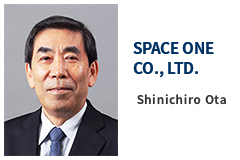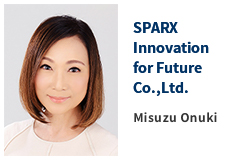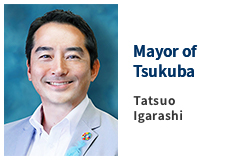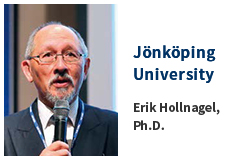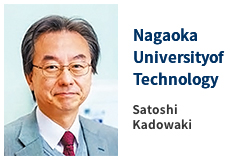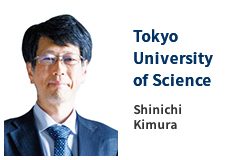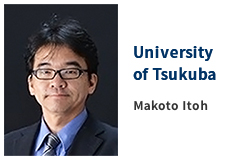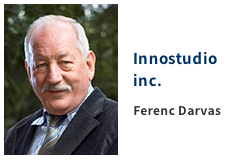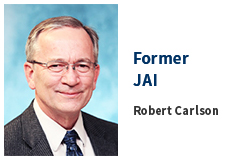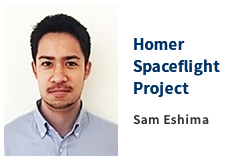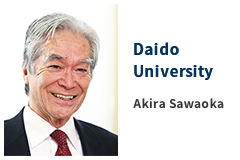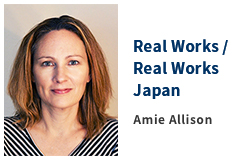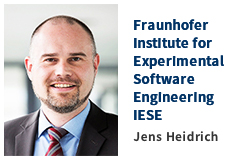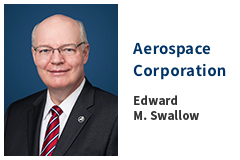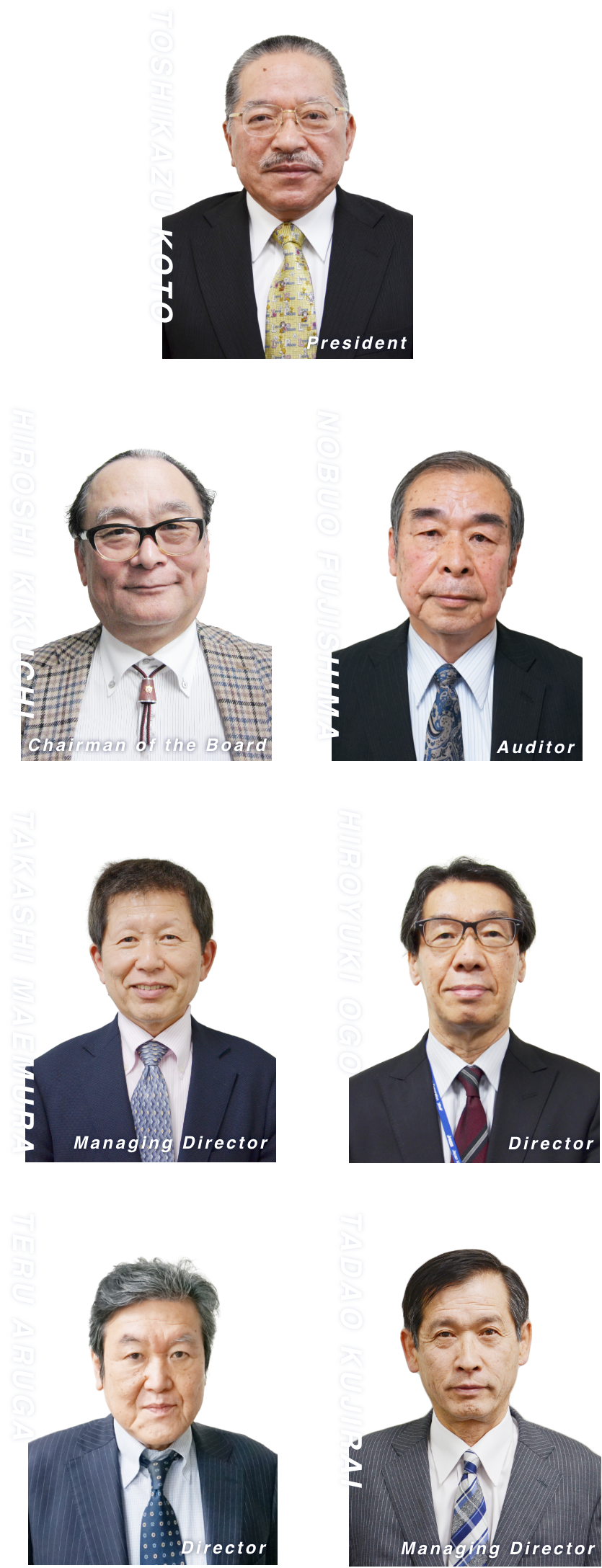
JAMSS,
links humans and space
over 30 years
WORKS JAMSSWORKS
JAMSS has contributed to the development of human space in Japan, where the safety of astronauts is the highest priority in the operation and utilization of the Japanese Experiment Module "Kibo" on the International Space Station (ISS). Utilizing the technology obtained in space, we are also contributing to the industrial world.
Distance from
the earth to the moon
Himalayas
Mt.Everest
Altitude 8,844m
-
Operations and Utilization of Kibo
-
Training of crews
-
Satellite Utilization & Satelite Development Support
-
Safety and product Assurance
-
System Safety Independent Verification and Validation
-
Manned Space exploration
PEOPLE JAMSSPEOPLE
Human activity in space. 30 years have passed since we took part in the safe operation of the site, where failure is never an option. As an integrator that connects humans and space, we are contributing to the realization of a prosperous society.
JAMSS and Astronaut
-
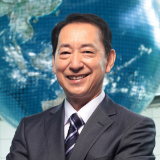
Astronaut / Director,National Museum of Emerging Science and Innovation
Mamoru Mohri Ph. D.
-
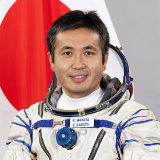
Astronaut / Japan Aerospace Exploration Agency (JAXA)
Special counselorKoichi Wakata Dr.Eng.
-
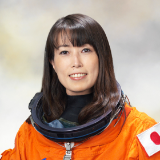
Astronaut
Naoko Yamazaki
-

Former NASA astronaut and International Space Station commander
Leroy Chiao Ph.D.
- - STS: stands for Space Transportation System which is a space shuttle mission
- - FMPT: stands for First Material Processing Test which is first material experiment in Space by Japanese astronaut
HISTORY JAMSSHISTORY
JAMSS history and topics in space with our memories
1990
1990
Japan Manned Space Systems Corporation Founded
"That time" of the establishment of JAMSS began in Hamamatsucho.
When I was still young, I joined the company as a first-year student and was assigned to the Safety Development Assuarance Department. At that time, no one in Japan had practiced "safety development guarantee" or "system safety" of the human space program in earnest.
Since then, in the environment surrounding the ISS, there have been many things such as participation in Russia's ISS program, space shuttle accidents, and so on.
I wonder if JAMSS has made any contributions until "this time". Last year, we were able to celebrate the 10th anniversary of JEM and HTV, and we are very grateful for the guidance, cooperation and support of many people.
We will continue to challenge and contribute to Japan's human space activities and new things "in the future". We look forward to working with many companies involved activities.
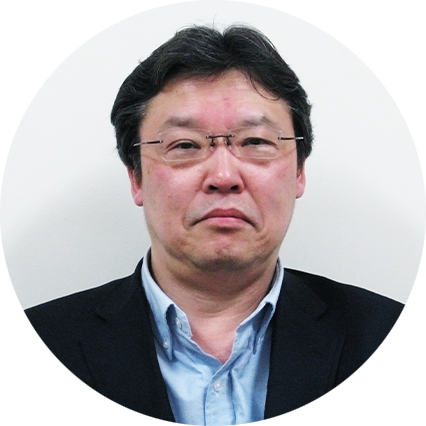

1997
1997
"Kibo" Phase II NASA Safety Review Started
"Kibo" Phase II NASA Safety Review has been conducted in three parts since October 1997. We have learnt hazard analysis methods by referring to the safety analysis results of other modules disclosed by NASA. Discussions were held with NASDA and engineers from each manufacturer, and the analysis results were summarized as a hazard report. Discussions with NASA safety officers at the safety review are being utilized in the current JAMSS safety operations.
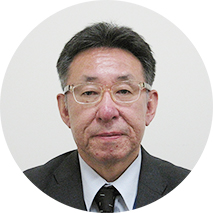
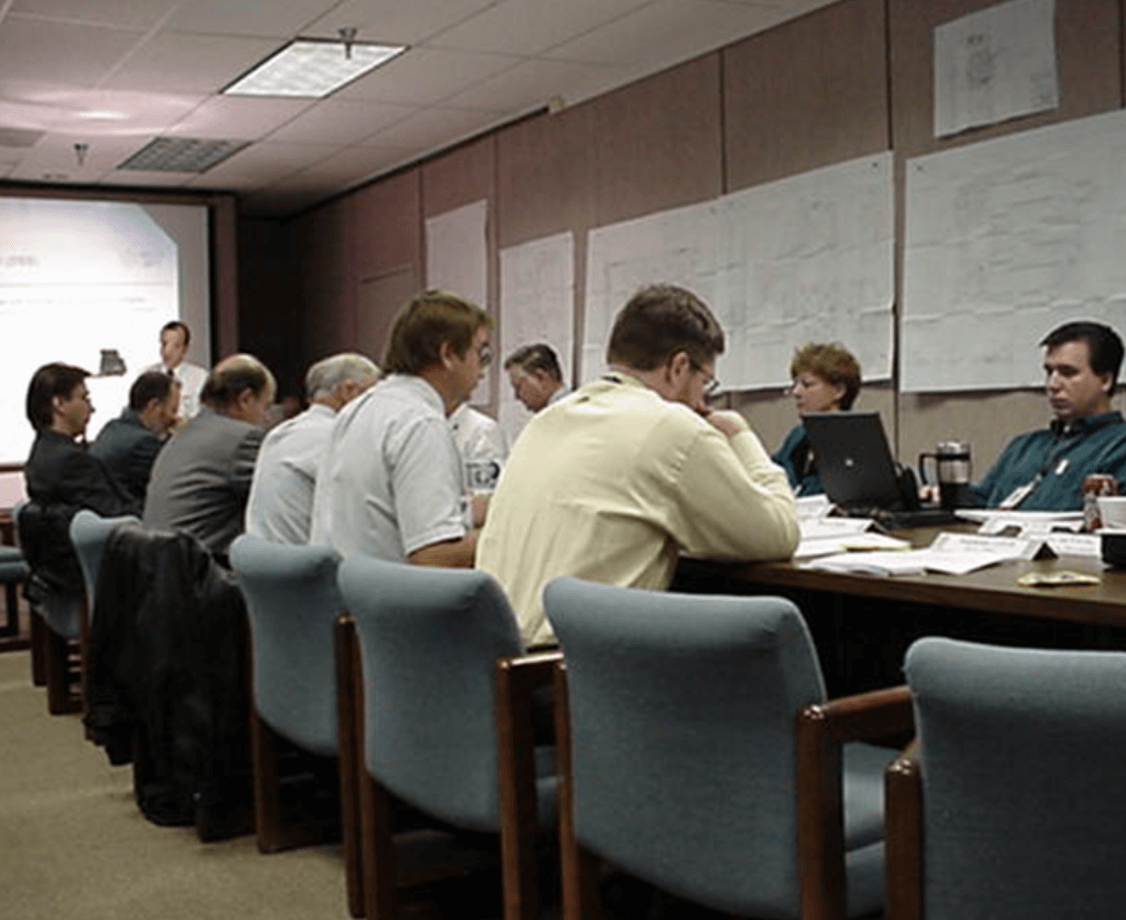
1998
1998
Started an experimental flight test at Tsukuba Space Center
Work at TKSC (Tsukuba Space Center) started in October 2001, ahead of other JAMSS members. At first, we will carry out an experimental rack test with NASDA / IA / AES / etc., and then it leads to KSC (Kennedy Space Center) work and actual operation. The JEM work is the result of the collaborative work of engineers from various organizations, and I think it has become the cornerstone of the future space development project. JAMSS will continue to play an active role in lunar exploration as an integrator that links humans and space.
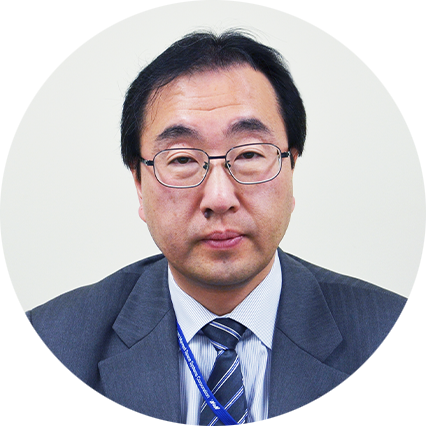
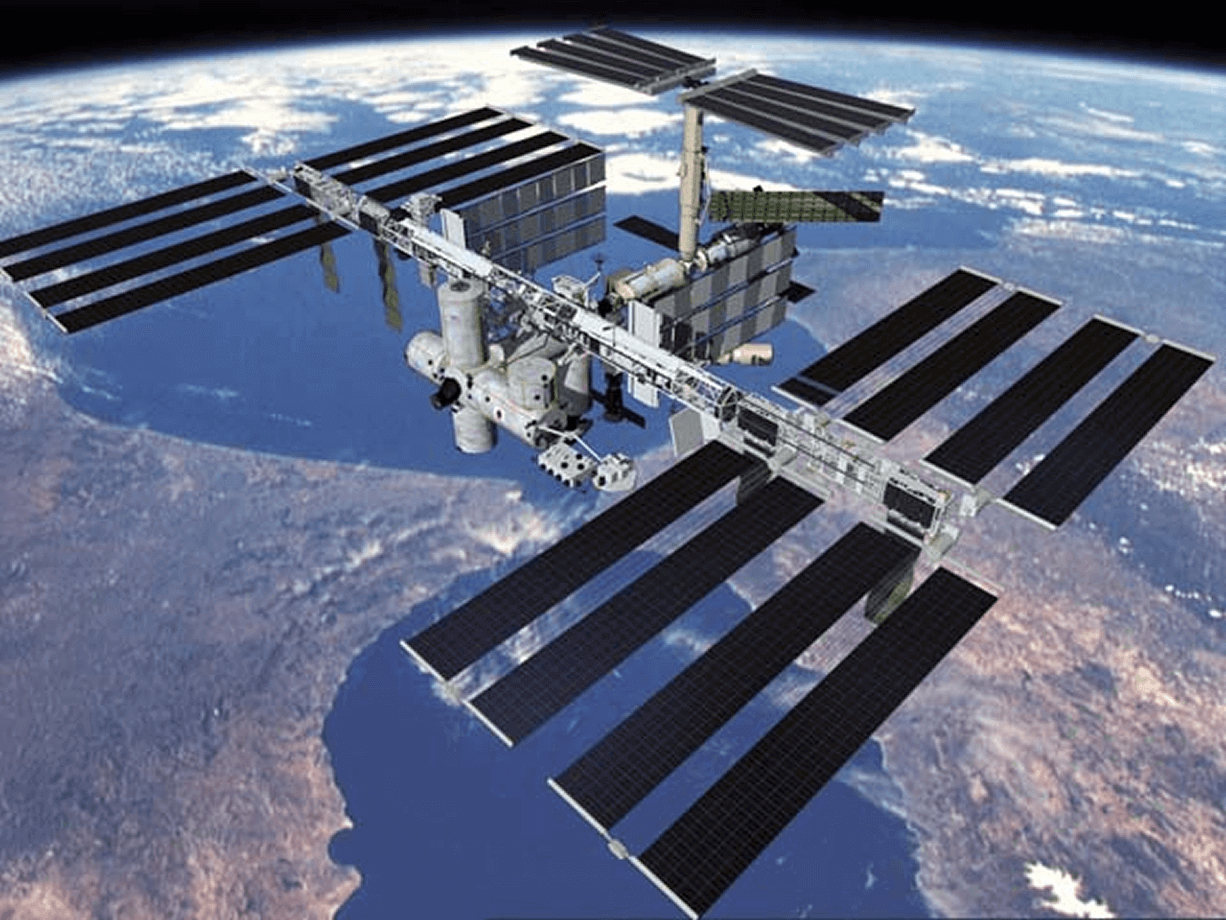 Photo by NASA
Photo by NASA1998
1998
First step to ISS construction
While the domestic preparatory work for the operation of Kibo is in a good condition, the moment when the first module (named "Zarya") for the ISS assembly was launched by the Russian transport rocket (named "Proton"), everyone at JAMSS watched the live TV broadcast. I miss the time when I was there. I am deeply moved when I think that it leads to the present and the future.
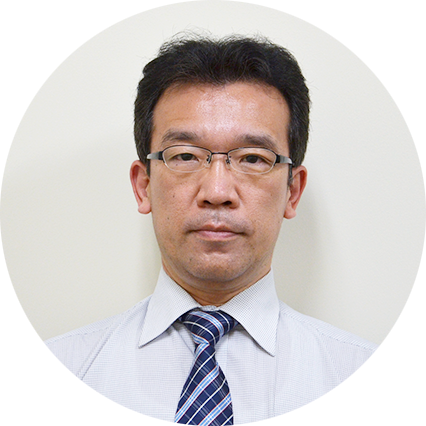
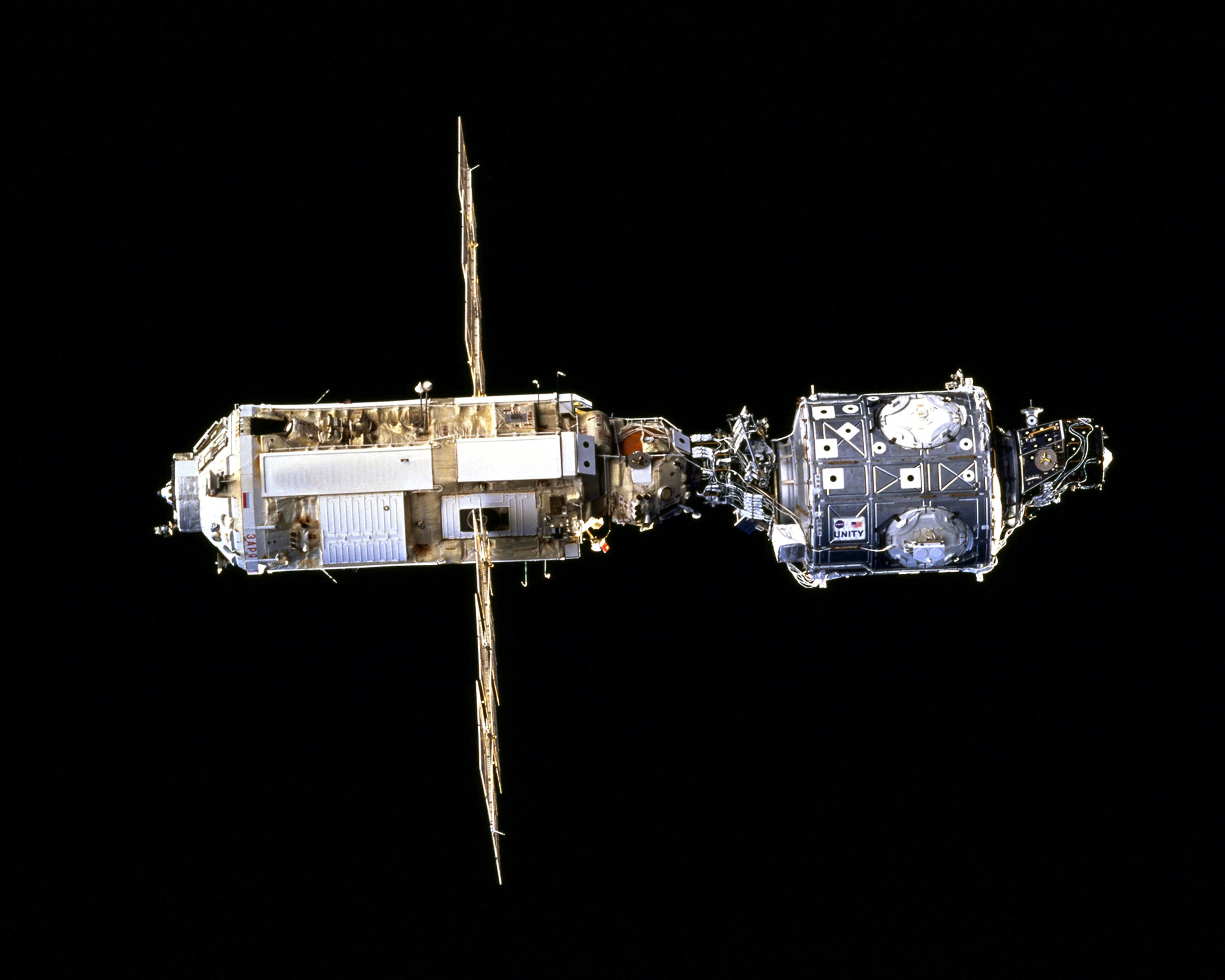 Photo by NASA
Photo by NASA2001
2001
Application of "IV&V" started
Based on the results of third-party verification (IV & V) of the software installed in "Kibo" since 1996, we started applying IV & V to all JAXA artificial satellites and rockets. System model analysis technology (SpecTRM, STAMP, etc.) has been attracting attention in other industries, and private-sector orders have continued to increase since 2010.
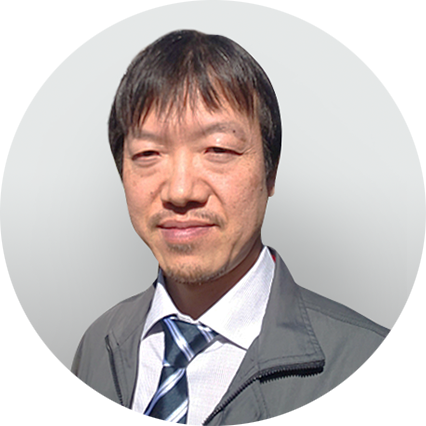
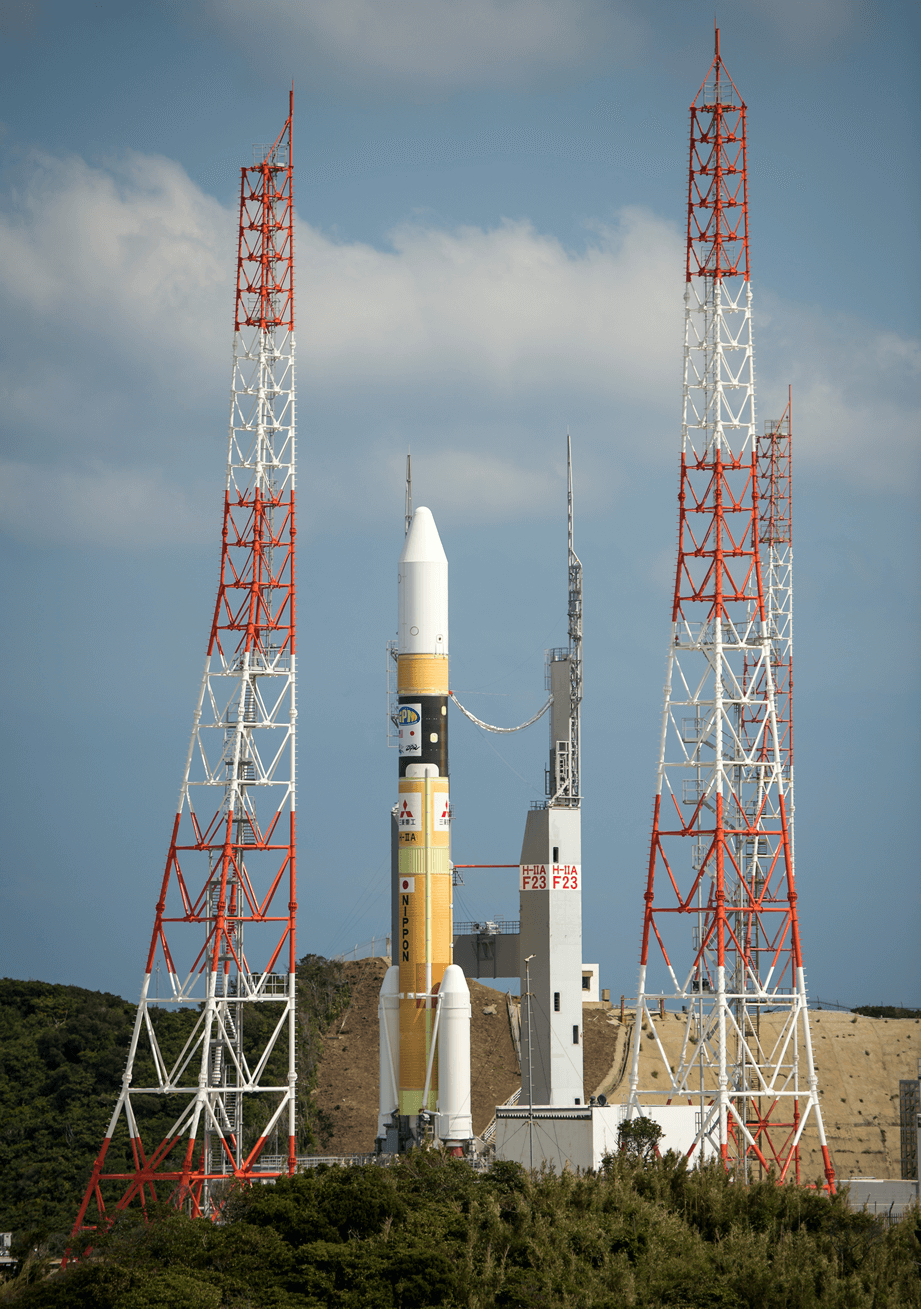 Photo by NASA/Bill Ingalls
Photo by NASA/Bill Ingalls2008
2008
"Kibo" started launching
On March 14, 2008, Japan's first module, the onboard storage room, was successfully installed on the ISS. For this mission, I was on a long-term business trip to NASA Johnson Space Center (Houston, USA), and it was a moving moment when I became one with the flight controllers of Japan and NASA, and the hard work was rewarded.
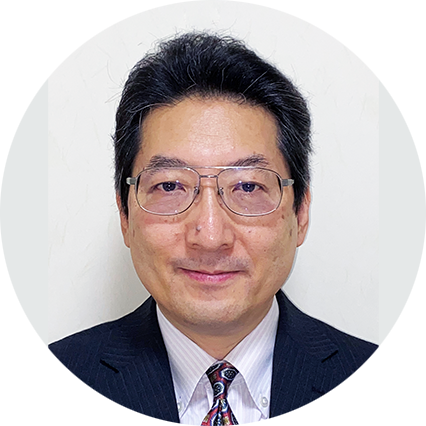
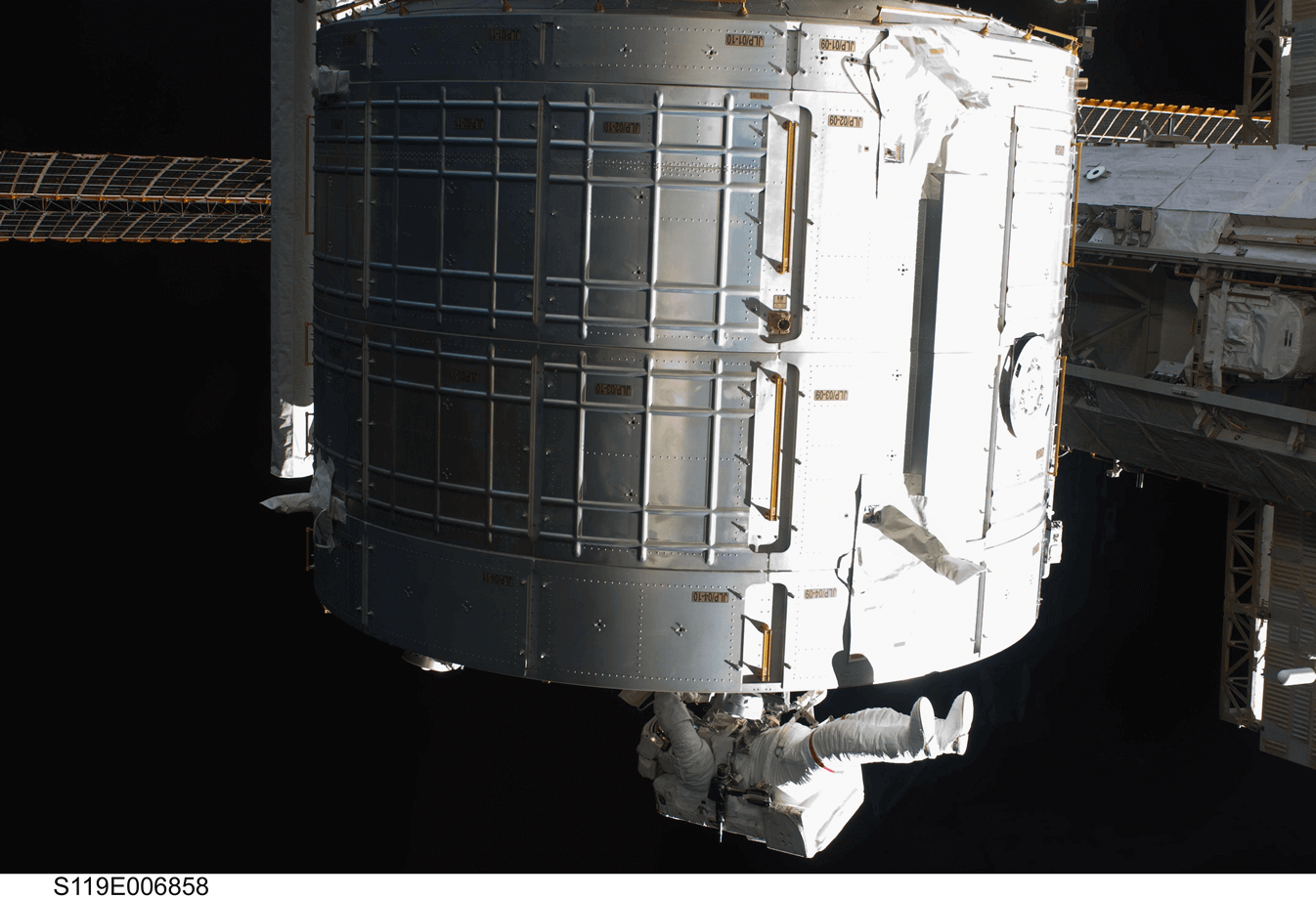 Photo by NASA
Photo by NASA2009
2009
"Kibo" operation started
As the launch of JEM approaches, the organizational barriers (JAXA / development maker / operation company) gradually disappear and everyone is united.
It was a good experience as an engineer to be able to witness the actual operation of development-launch / initial startup as a member of JET (JEM Engineering Team).
The next phase (commercial LEO / future exploration / ground business development) will also be enjoyed!
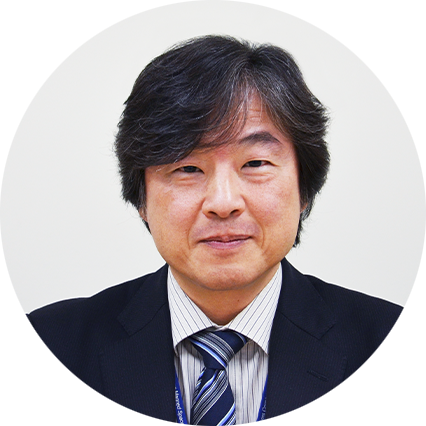
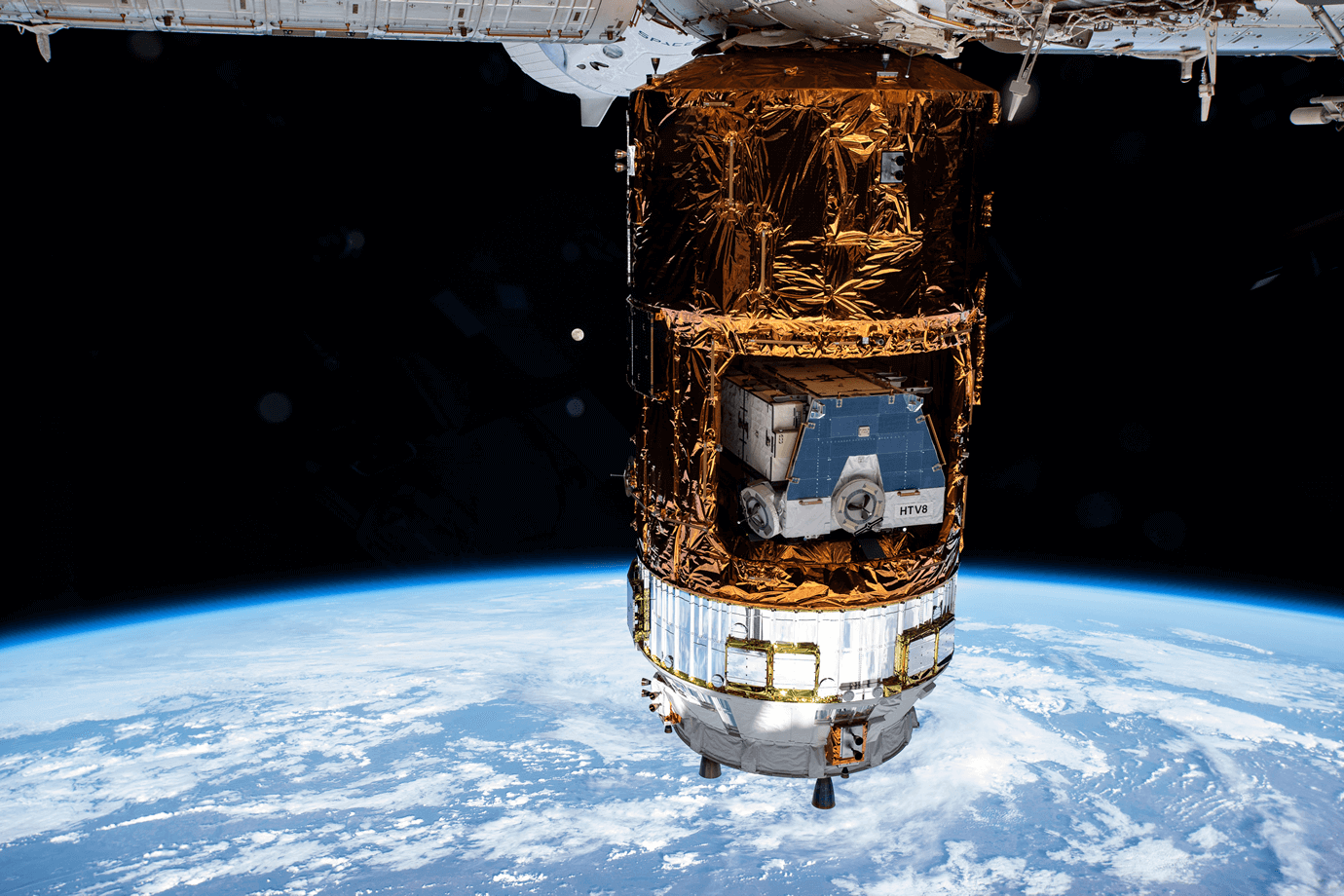 Photo by NASA
Photo by NASA2010
2010
An award from NASA to "Kibo" flight control team
JEM Flight Control Team (JFCT) of "Kibo" was commended by NASA for its contribution to supporting the ISS Expedition 22/23 long-term stay crew and establishing the basic functions of "Kibo". The team's contribution to the success of the mission of the first and last huge project in human history, and the blessings of many stakeholders, were rewarded and full of happiness. In order to convey this sense of accomplishment, we will create a new space business and connect it to exploration plans such as the moon.
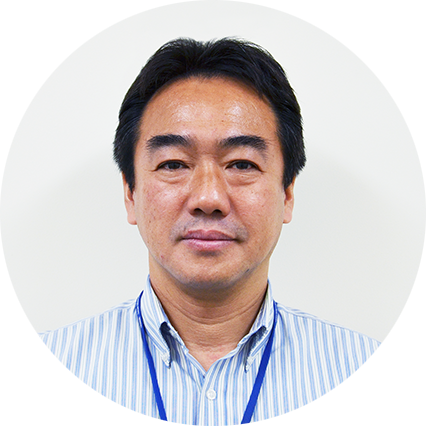
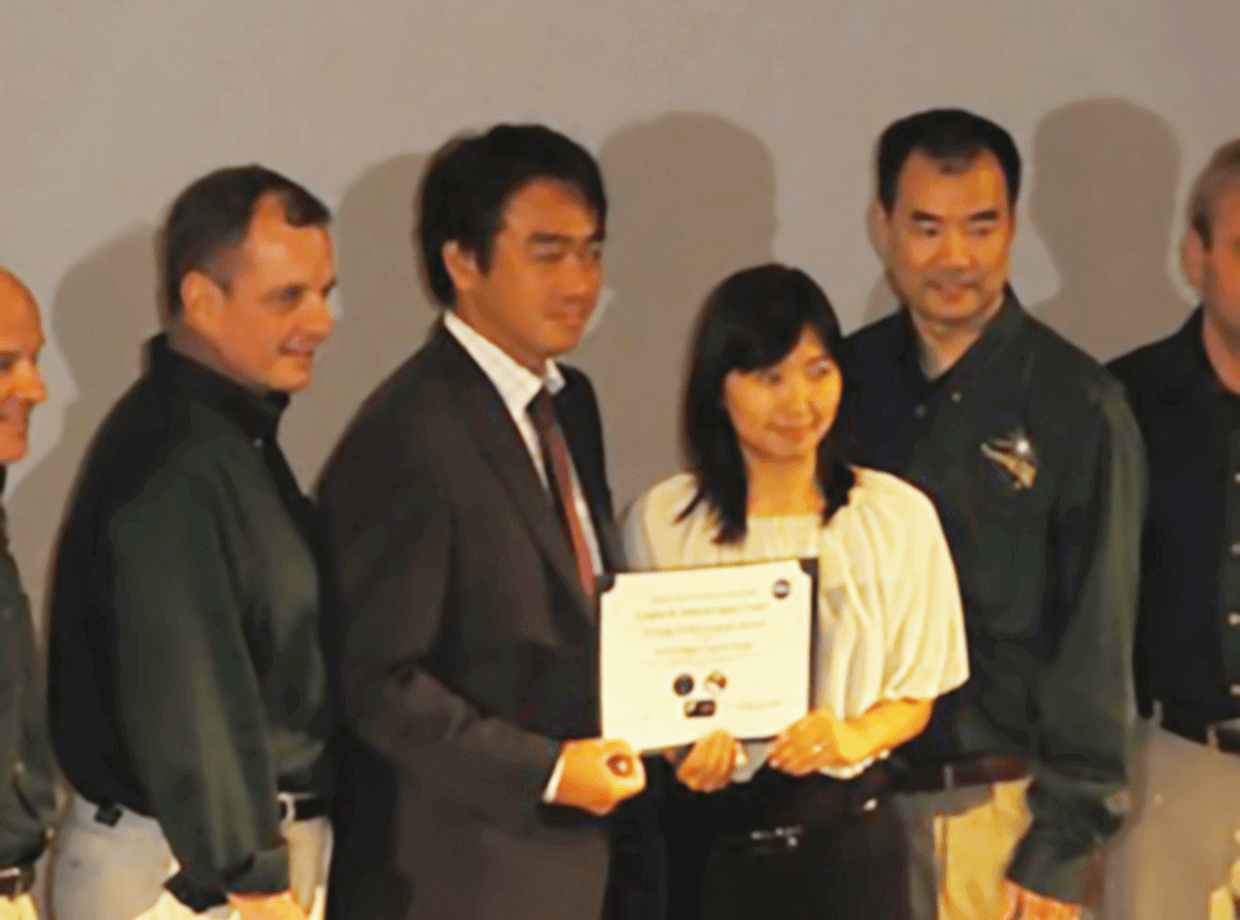
2015
2015
JAMSS Nagoya office opened
Nagoya office. It was a front-line base for the new challenge of developing JAMSS's private business. In addition, it has been a supporter of JAMSS's growth period for a long time. Even now, as we celebrate the 30th anniversary of JAMSS, its role has not changed. As JAMSS's “Cutting-Edge”, the Nagoya office will continue to run in the private and space worlds.

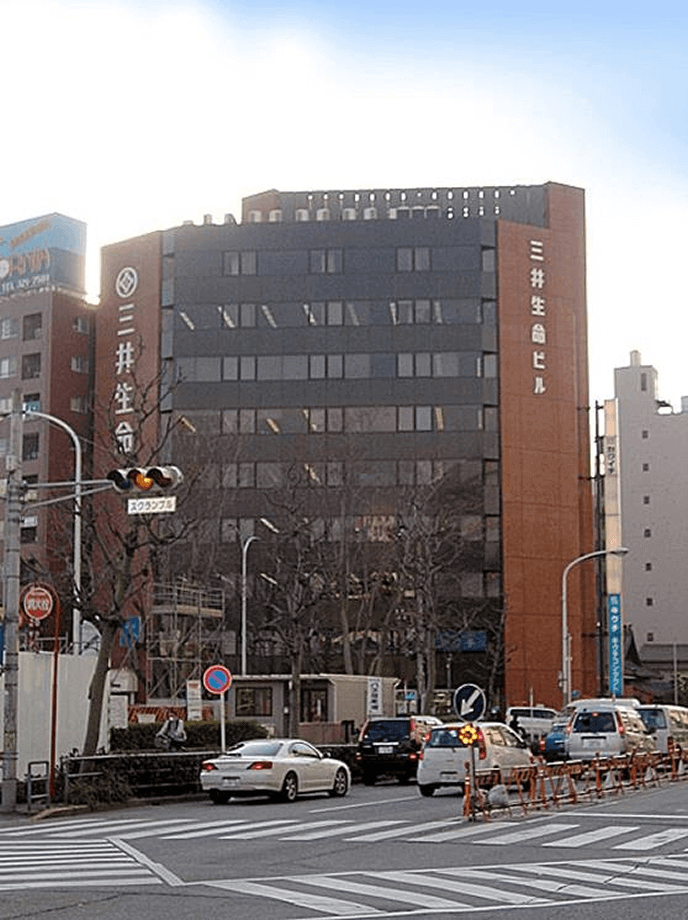
2015
2015
Started providing space-based training services
Based on the know-how cultivated in the training for operation controllers of the International Space Station, we developed and provided training for Japanese rocket development engineers.
It is an honor for us to utilize the skills provided in the training at the rocket launch site. I would like to continue to contribute to private companies based on the accumulation of JAMSS training.
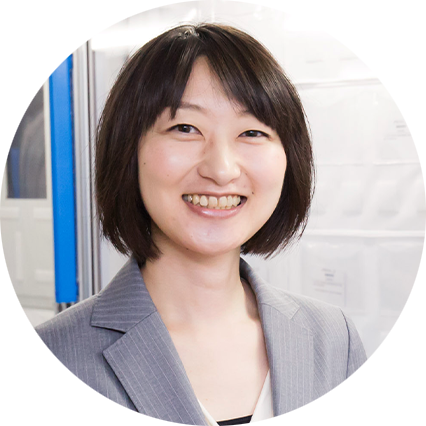

2019
2019
A high quality protein growth service "Kirara" launched
Kirara is a high-quality protein crystal production service in space using a device developed in-house by JAMSS. In anticipation of the LEO commercialization era, it was launched as the first step of JAMSS's original business. We are planning to expand our business using Kirara in global market as well as in Japan.
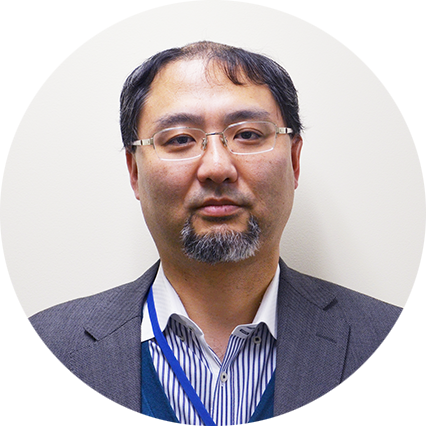
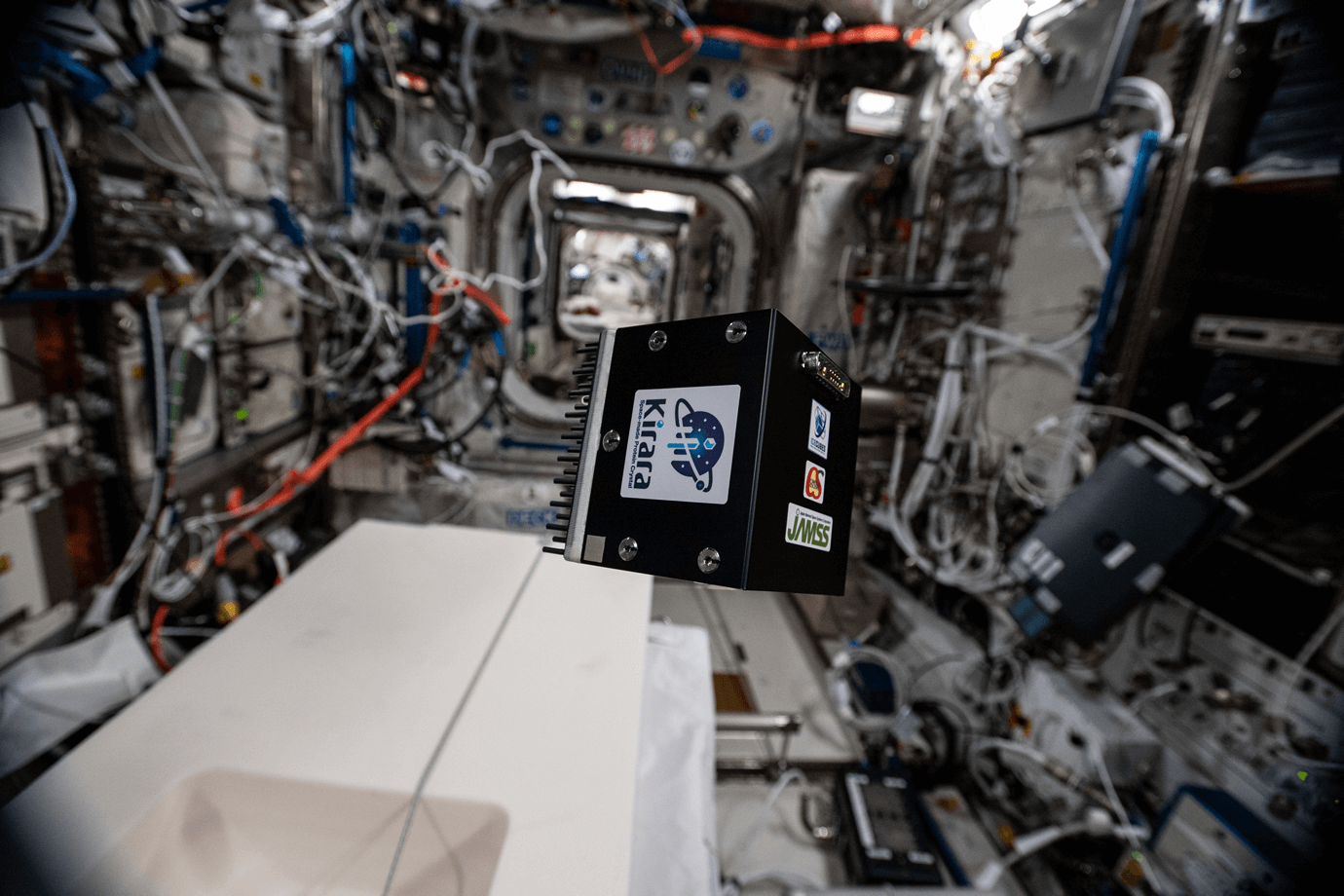 Photo by NASA/ESA
Photo by NASA/ESA2019
2019
"Pull-sora" sales started
Looking ahead to the post-ISS, we have developed "Pull-sora" to launch a new business that solves social issues using our own products. In the future, we will further expand the products and services of space spin-off, establish a new business domain of JAMSS, and continue to produce products that are useful to the world.
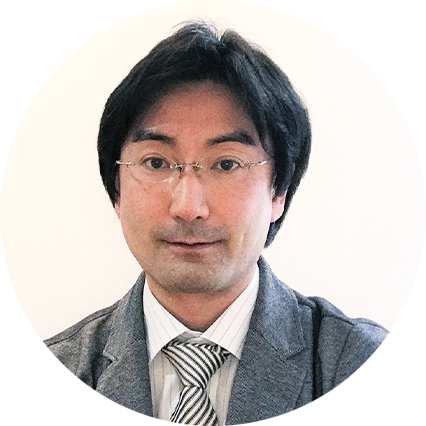
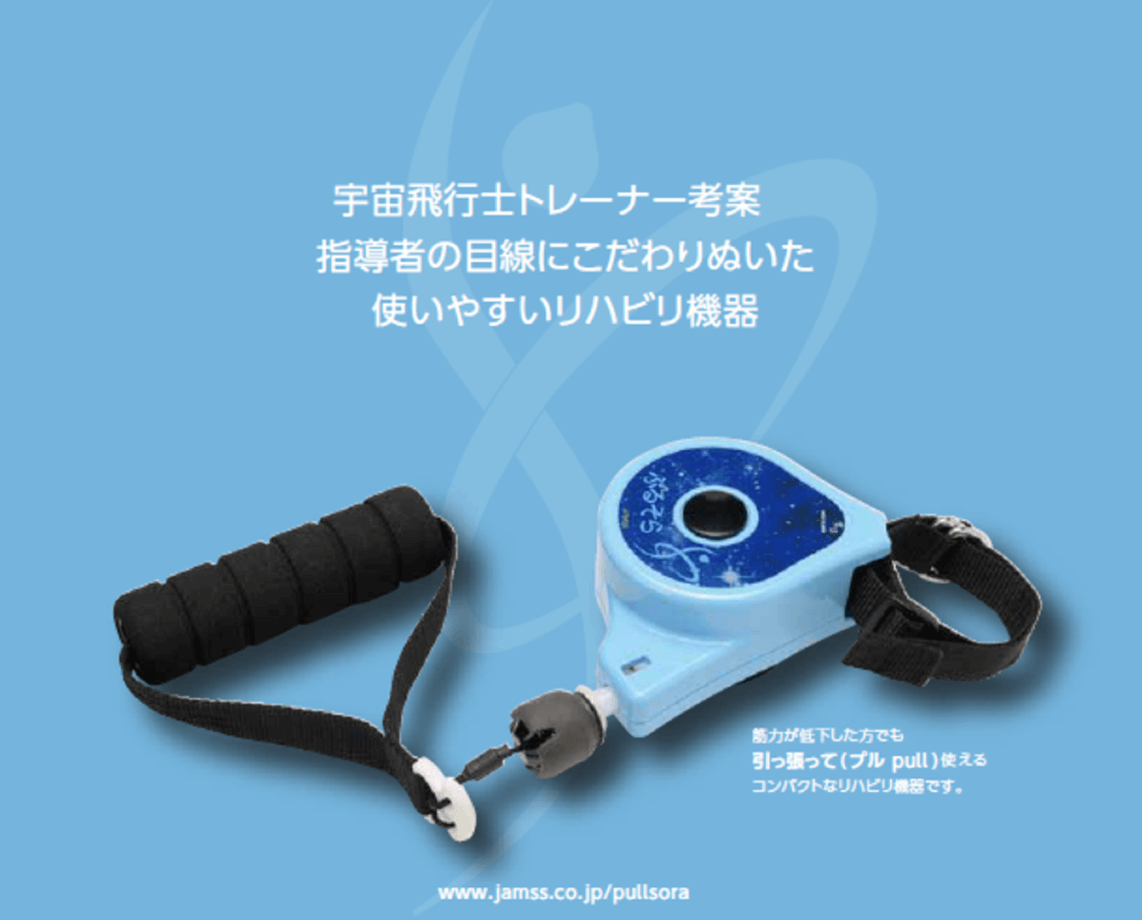
2019
2019
JAMSS Kobe office opened
With the cooperation of Kobe City, we have established the Kobe Office as our base of involvement.
We will apply our know-how on how to survive in the closed environment of manned space to the "Hydrogen Smart City Kobe Concept" and other increasingly complex social infrastructure construction projects.
We will utilize our systems engineering and technology for distributed and remote operation of complex systems.
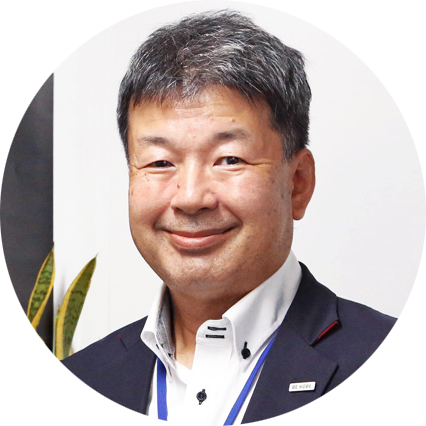
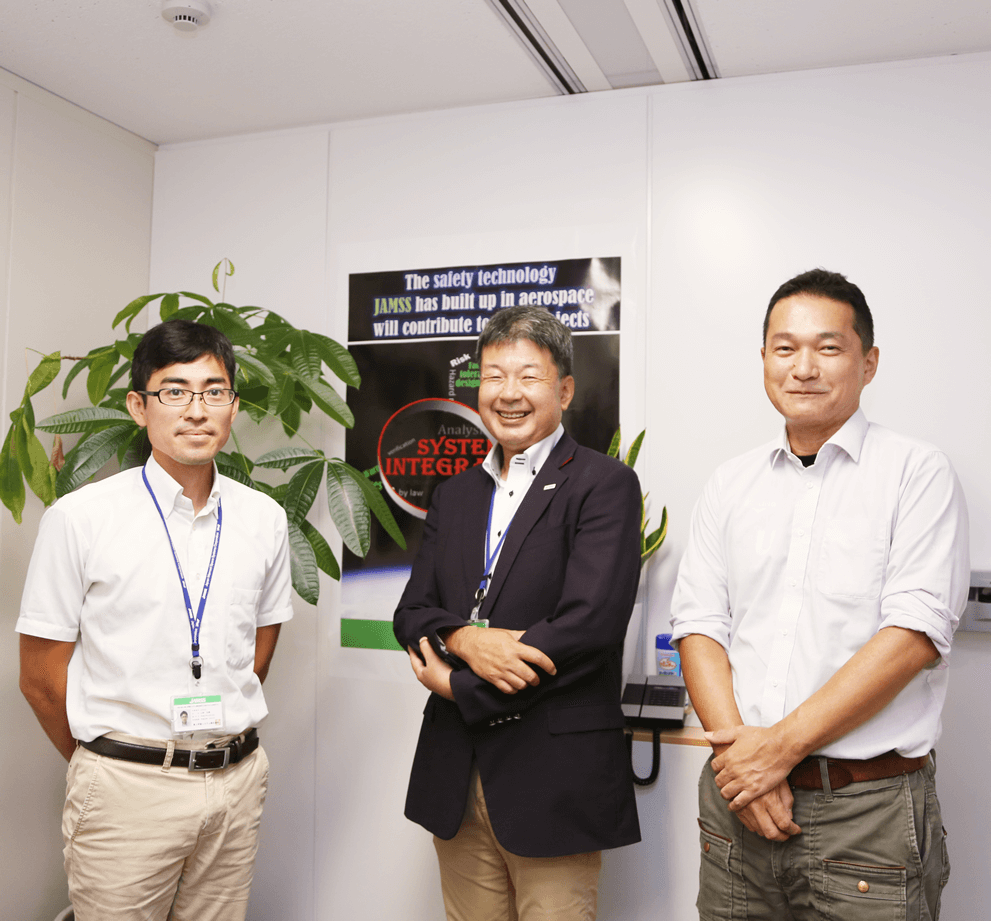
2019
2019
Successful "Hayabusa2" touchdown mission
"Hayabusa2" is an unmanned spacecraft mission in a remote area with a communication delay of about 20 minutes. In order to gain knowledge for future exploration, I participated in training studies and flight controller duties in the form of joint research with JAXA. This knowledge will be utilized for various future exploration missions beyond ISS.

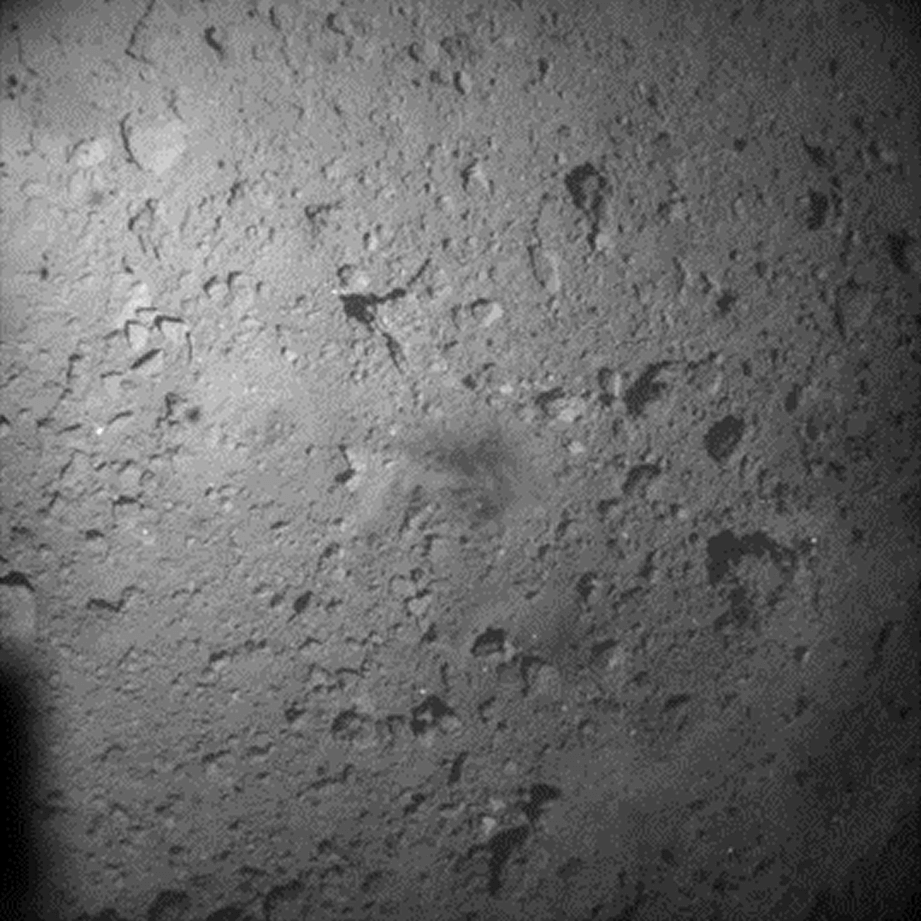 Photo by JAXA, 東京大, 高知大, 立教大, 名古屋大, 千葉工大, 明治大, 会津大, 産総研
Photo by JAXA, 東京大, 高知大, 立教大, 名古屋大, 千葉工大, 明治大, 会津大, 産総研2019
2019
Our future concept of "Linking humans and the future of space"
What do we want to be in 10 years after the end of the ISS?
Rather than someone's story, what we envisioned and put into words is the story of "linking humans and the future of space" that we summarized last year.
Don't be afraid of new challenges, take the first step like a first penguin and make this story a reality.


2020
2020
World's first Martian Moons Exploration Program (MMX) spacecraft launched in 2024
More than 20 years have passed since the start of operation of the ISS, and there is a big trend toward the Moon and Mars as the next frontier. JAMSS, which has led the operation of JEM / HTV, participated in MMX with the pride that it has a responsibility to lead the development of this frontier. MMX is the world's first ambitious mission to return samples from the Martian sphere, and we will work together to achieve its success.
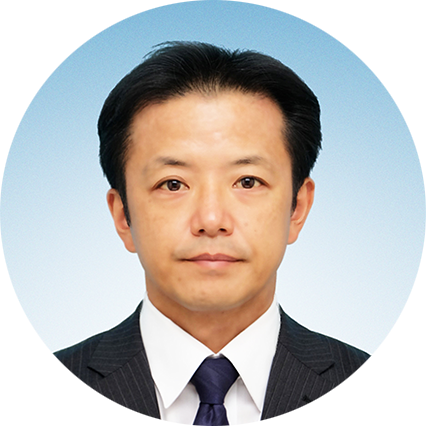
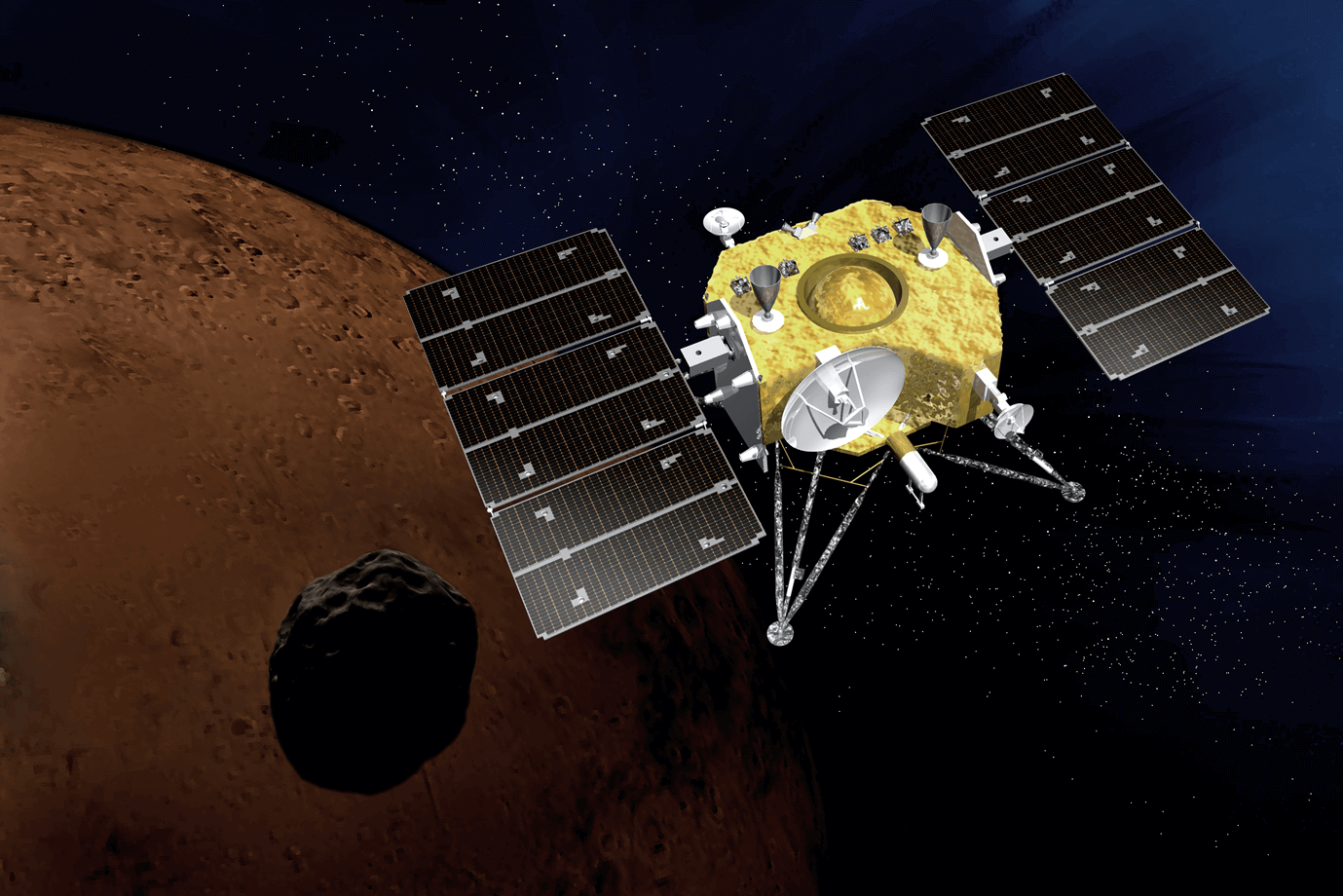 Photo by JAXA
Photo by JAXA2020
2020
A concept movie of "the future of outer space" released
As part of our efforts to create new businesses as bottom up project in the company, we created a movie of the concept of future outer space.
■YouTube「The future of outer space」
The ISS is opened for commercial use and the cost of launch vehicles is decreasing, meaning a lower barrier for entering the space industry. However, transportation of necessary materials to outer space is still premised on launching from the ground, and it is difficult to say that a sustainable business will be realized due to the cost and effort.
We will aim to shift the space industry from the creation period to the growth period with a new concept.

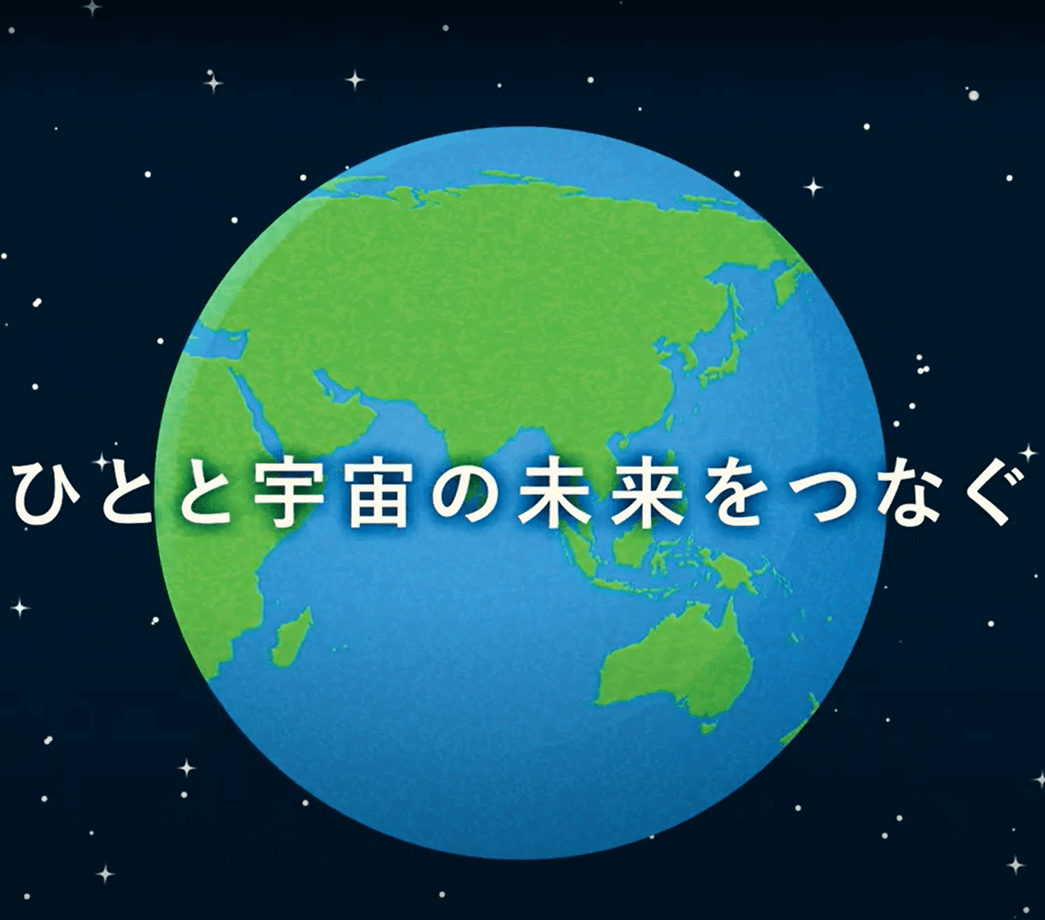
2020
2020
Selected as a Japanese astronaut healthcare company
JAMSS has contributed to the completion of the ISS long-term stay mission of Japanese astronauts as a support for JAXA, and has accumulated know-how related to the health management and operation of astronauts.
From 2021, JAMSS will coordinate the health management operations of Japanese astronauts by utilizing the technology accumulated so far, and will work with new business partners to further advance the operations, as well as private space travel and future manned space exploration. We will also take the lead in realizing this.
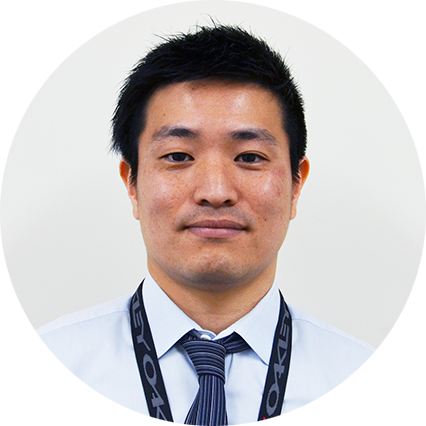
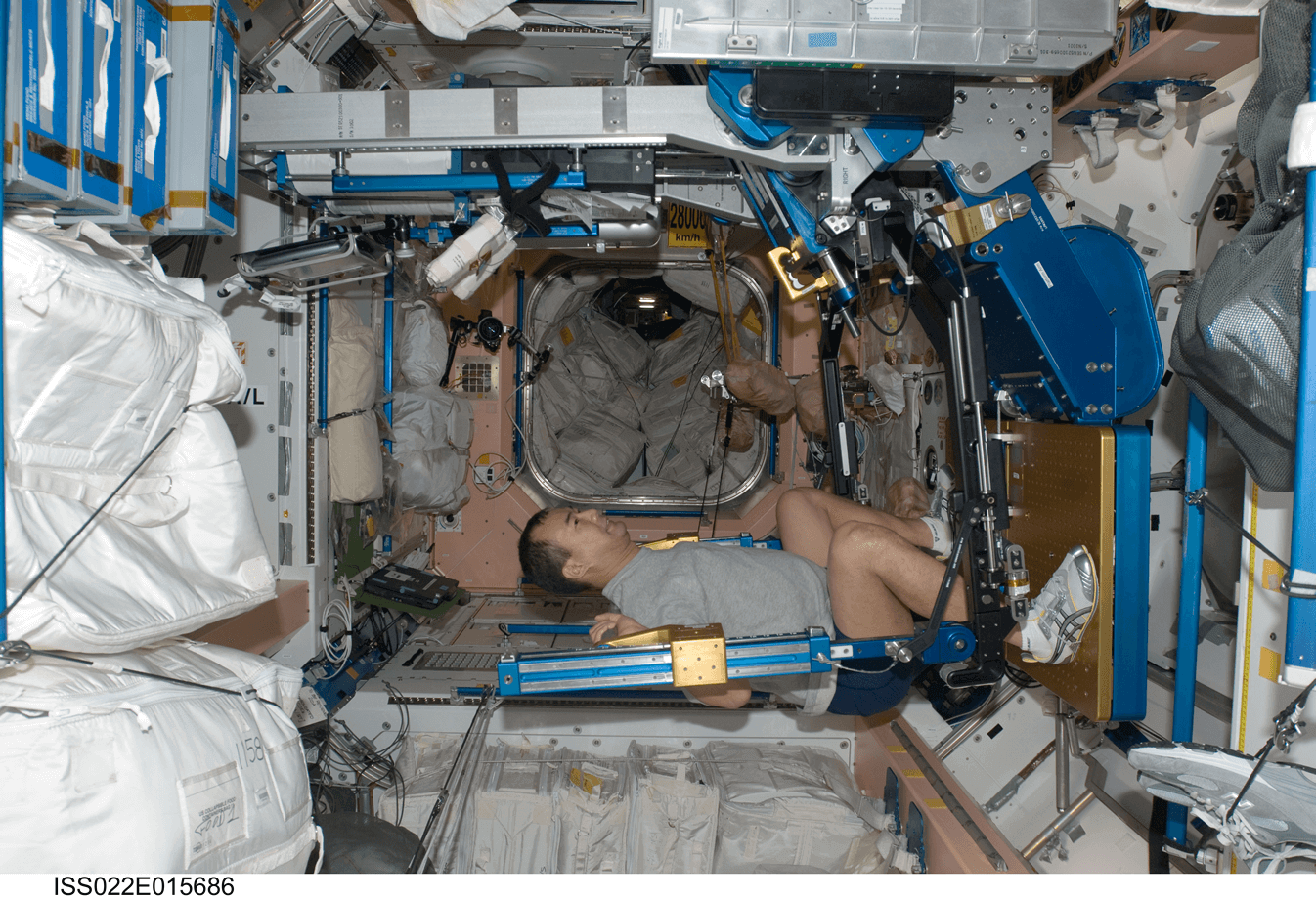 Photo by JAXA・NASA
Photo by JAXA・NASAFUTURE JAMSSFUTURE
"Designing the future of space and people" Our mission in the future is to create a new relationship between humans and space. We will bring innovation through human space technology we have cultivated so far, and contribute to the solution to global sustainable economic growth and social challenges.
Driving commercialization in Low earth orbit
Starting with the stable operation of the Japanese Experiment Module "Kibo" on the International Space Station (ISS), which is the foundation of JAMSS, we will promote the commercial use of the low earth orbit that "Kibo" orbits, and everyone will be able to explore space. We will promote activities so that we can create businesses that use them.
Challenging for space exploration
As a mission ahead of low earth orbit, space exploration plans such as the Moon and Mars are moving internationally. JAMSS, which has 30 years of experience in the field of low earth orbit, will contribute to and lead the development of further space exploration.
Contribution to achieve a sustainable society
JAMSS, who is familiar with the issues of space, will strive to achieve a sustainable society as defined by the SDGs, solving the social challenges on earth staring from issues of space by utilizing the manned space technology cultivated for 30 years.
Introduce memorable comment by a lot of partners
JAM STA. JAMSSを知る

「JAMステ」は有人宇宙システム(JAMSS)が運営する、人と宇宙とをつなぐ情報プラットフォーム、宇宙業界の話題をお届けする情報発信メディアです。
宇宙の様々なトピックスをJAMSSが駅・基地(Station)となり、「最新ニュース」「宇宙ビジネス」「宇宙利用」など様々な視点から、 皆様へ宇宙の魅力をお届けします。
更新情報は、公式Twitterにてお届けいたします。皆様のフォローをお待ちしております。
